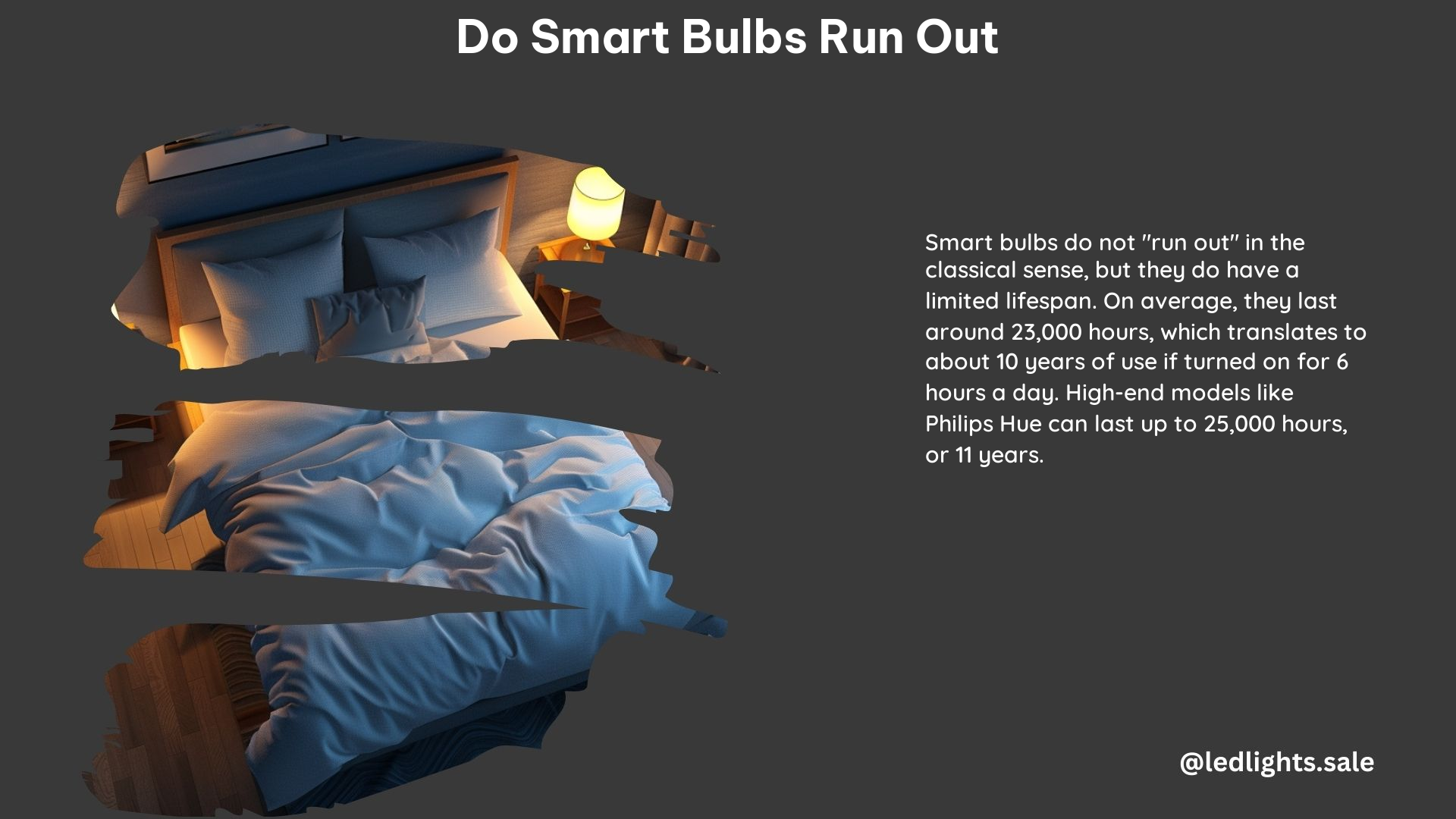Smart bulbs are designed to provide an efficient and convenient way to light up your home or office. They use LED technology, which consumes significantly less energy than traditional incandescent bulbs. The key to their functionality lies in the small chip installed inside the bulb, which contains the necessary software to enable communication between the bulb and other devices, such as smartphones or tablets.
Do Smart Bulbs Use Electricity When Off?
Yes, smart bulbs can continue to draw power even when they are switched off, depending on their design and available features. This is because they are considered “vampire devices,” meaning they consume electricity even when not in use. This power consumption is necessary to maintain the bulb’s connectivity and allow for remote control capabilities.
The amount of electricity consumed by a smart bulb in the “off” state can vary, but it is typically in the range of 0.5 to 2 watts. This standby power consumption is significantly lower than the power draw when the bulb is turned on and in use, which is around 10 watts on average.
How Much Electricity Do Smart Bulbs Use?

When a smart bulb is switched on and in use, it typically consumes around 10 watts of electricity. This is a significant improvement compared to traditional incandescent bulbs, which can use 40-60 watts, and compact fluorescent lamps (CFLs), which consume 15-20 watts.
The energy efficiency of smart bulbs is primarily due to their use of LED technology. LEDs are inherently more efficient, converting a larger portion of the input electricity into light output, rather than generating heat like incandescent bulbs. This efficiency translates into lower electricity bills and a more sustainable lighting solution for your home or office.
How Long Do Smart Bulbs Last?
The average lifespan of a smart bulb is around 23,000 hours. This means that if you use the bulb for 6 hours per day, it will last approximately 10 years before needing replacement.
However, it’s important to note that the lifespan of smart bulbs can vary depending on the specific model and manufacturer. Top-end models, such as those from Philips Hue or Lifx, can have a lifespan of up to 25,000 hours, which is equivalent to around 11 years of use at 6 hours per day.
Can Smart Bulbs Be Replaced When They Run Out?
Yes, smart bulbs can be replaced when they reach the end of their lifespan. While they have a longer lifespan compared to traditional bulbs, they will eventually need to be replaced. It is recommended to check the warranty and expected lifespan of the specific smart bulb model before making a purchase to ensure you have a reliable and long-lasting lighting solution.
Technical Specifications
| Specification | Value |
|---|---|
| Power Consumption (On) | 10 watts |
| Power Consumption (Standby) | 0.5-2 watts |
| Average Lifespan | 23,000 hours |
| Top-end Lifespan | 25,000 hours |
| Connectivity | Wi-Fi, Bluetooth, Zigbee, Z-Wave |
| Features | Remote control, motion sensors, automated scheduling, color temperature adjustment, brightness adjustment |
